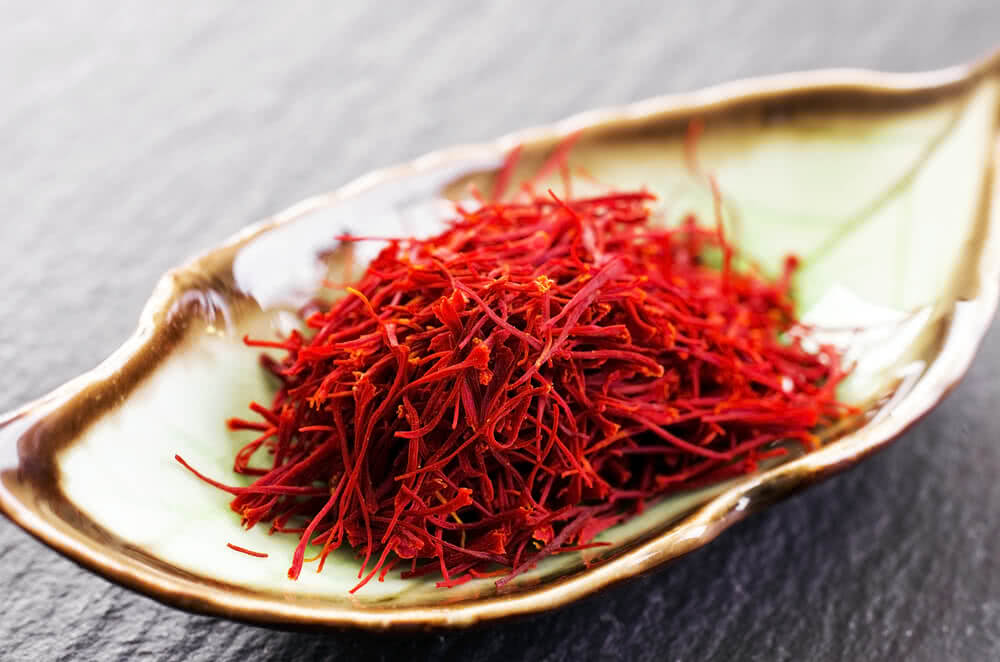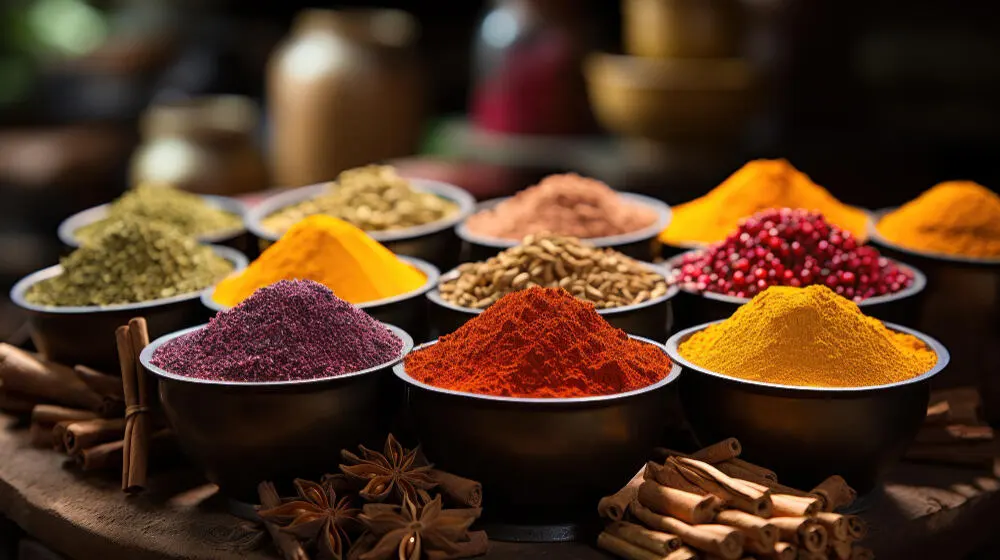
The Curious Case of Culinary Exclusivity: What’s the Real Deal with the Rarest Spice?
Digging Deeper Than Just Price Tags
Alright, let’s be honest, when we hear “rarest,” our minds jump to “most expensive.” But in the spice world, it’s a bit more nuanced. We’re not just talking about something that’ll empty your wallet; we’re talking about ingredients that are a genuine pain to get your hands on. Think of it like trying to find a vintage record that only a handful of people even knew existed. It’s that kind of elusive charm we’re chasing here.
You see, it’s not always about how much it costs, but about the sheer effort it takes to even find it. Imagine a spice that grows only in one tiny, remote valley, or one that requires some ancient, almost-forgotten harvesting technique. That’s the real deal. It’s the kind of thing where you’re like, “Wait, this actually exists?”
And let’s be real, a lot of it is about the story. A spice that’s been passed down through generations, harvested by hand under very specific conditions? That’s way cooler than something mass-produced in a factory. It’s like, you’re not just tasting a spice, you’re tasting history.
Honestly, I love the idea of using something in a dish that very few people have ever even heard of. It’s like having a secret weapon in your kitchen. Plus, it’s a great conversation starter at dinner parties. “Oh, this? It’s just a little something I picked up from a guy who knows a guy who climbed a mountain to get it.” You know?

Saffron: Is It Really the King of Rare?
More Than Just Red Threads and Big Bucks
Saffron, yeah, we all know it. Those red threads that turn everything golden and taste like… well, saffron. It’s pricey, sure, but is it *the* rarest? It’s a bit like asking if a diamond is the rarest gem. It’s valuable, everyone wants it, but there’s a lot out there. It’s definitely a labor of love, though, with all those hand-picked stigmas. Seriously, imagine doing that for a living.
The thing with saffron is, it’s a pain to harvest. Each flower only gives you a tiny bit, and you have to get it at just the right time. It’s like trying to catch lightning in a bottle, but with flowers. And then, you need a ton of flowers to get even a small amount of spice. It’s no wonder it costs a fortune.
But hey, it’s not just for cooking. It’s been used for everything from medicine to dyeing clothes. It’s like the Swiss Army knife of spices. And that history, that’s part of what makes it so special. It’s been around for centuries, and people have been going crazy for it the whole time.
Look, saffron’s definitely up there. But I’m thinking, maybe, just maybe, there’s something even more elusive out there. Something that’s not quite as famous, but way harder to find. It’s like, the hidden gem of the spice world.

Vanilla: More Than Just Ice Cream Flavoring
The Orchid That Plays Hard to Get
Vanilla, yeah, we all love it. But getting the real deal, the actual vanilla bean, is a whole different ballgame. That orchid is picky, man. It’s like a diva of the plant world. It needs hand-pollination, and you only have a few hours in the morning to do it. Imagine setting an alarm for that! And then, it takes forever to cure. It’s a whole process.
The thing is, vanilla orchids are super fussy. They need the right temperature, the right humidity, the right everything. It’s like they have their own personal spa. And even then, they might just decide not to flower. It’s a gamble every time. And then you have to hand pollinate them. It’s like trying to thread a needle with boxing gloves on.
And after all that, you have to wait months for the beans to mature. Then, more months for curing. It’s a long, slow process. But man, the flavor is worth it. That real vanilla taste, it’s something else. It’s warm, it’s comforting, it’s… well, it’s just vanilla. But the good stuff.
So, vanilla’s definitely rare, especially the good stuff. But I’m still wondering if there’s something out there that’s even harder to find. Something that’s like, the spice world’s secret handshake.

Mahaleb: That Spice You’ve Probably Never Heard Of
The Cherry Pit That Packs a Punch
Mahaleb, ever heard of it? It’s from the seeds of a cherry, and it’s big in Middle Eastern baking. It’s got this almondy, cherry thing going on, and it’s seriously unique. It’s not something you see every day, and that’s what makes it interesting. It’s like, a little secret ingredient.
The cherry trees that give us mahaleb, they’re not exactly growing everywhere. They’re mostly in the Middle East, and getting the seeds out is a whole thing. You have to crack open the pits, grind them up, it’s a process. And that’s why it’s not exactly popping up in every grocery store.
But the flavor, man, it’s something else. It’s like a warm hug in a pastry. It adds this depth that’s hard to describe. And because it’s so rare, it makes whatever you’re cooking feel extra special. It’s like, you’re using a spice that’s been around for ages, and it’s still a hidden gem.
Honestly, I love finding spices like mahaleb. It’s like discovering a new band before they get famous. It’s exciting, it’s different, and it makes you feel like you’re in on something special.

The Wild Cards: Nature’s Untamed Flavors
When Spices Grow Where They Want To
You know what? Maybe the real rarest spices aren’t even the ones we grow. Maybe it’s the ones that grow wild, in places we can barely reach. Think about it: peppers that only grow in some crazy rainforest, or berries that only pop up on the top of some mountain. That’s where the real rarity is, I bet.
These wild spices, they don’t care about our schedules or our farming techniques. They grow when they want, where they want. And getting them? That’s a whole adventure. You’re talking about people climbing mountains, trekking through jungles, all for a handful of spices. It’s like a real-life Indiana Jones situation.
And the flavors? They’re wild, man. They’re like nothing you’ve ever tasted. It’s like nature’s way of showing off. And the people who gather these spices, they’re like the guardians of these flavors. They know the secrets, they know the places, and they keep these traditions alive.
So, maybe, just maybe, the rarest spice isn’t one thing. It’s the whole idea of finding something wild, something untamed, something that’s a true gift from nature. That’s the real treasure.
FAQ:
Q: What makes a spice truly rare, though?
A: It’s not just about the price tag, you know? It’s about how hard it is to get it. Limited growing areas, difficult harvesting, stuff like that. It’s the whole story behind it.
Q: Are the most expensive spices always the rarest?
A: Nah, not always. Some spices are pricey because of marketing, or because everyone wants them. But the real rare ones? They’re rare because they’re hard to find, hard to grow, or both.
Q: Where do you even start looking for these rare spices?
A: You gotta dig deep. Specialty spice shops, online places that deal in exotic stuff, or even going straight to the source. It’s like treasure hunting, but for your taste buds.